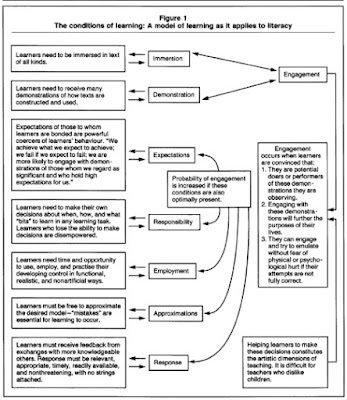Before I got to far, Kathy exclaimed, "Cool!" I turned back to see her reading a description of the piece near by. "It's the motion of the ocean," she continued.
Huh? That didn't make sense. But then I read the description too:
Because it might be difficult to read, here is what it says:
The installation draws information from the intensity and movement of the water in a remote location. Wave data is being collected and updated from National Oceanic and Atmospheric Administration data buoy station 51003. This station was originally moored 206 nautical miles Southwest of Honolulu in the Pacific Ocean. It went adrift and the last report from its moored position was around 04/25/2011. It is still transmitting valid observation data but its exact location is unknown. The wave intensity and frequency collected from the buoy is scaled and transferred to the mechanical grid structure resulting in a simulation of the physical effects caused by the movement of water from this distant unknown location.Now I understand. And understanding did make the piece even cooler.





